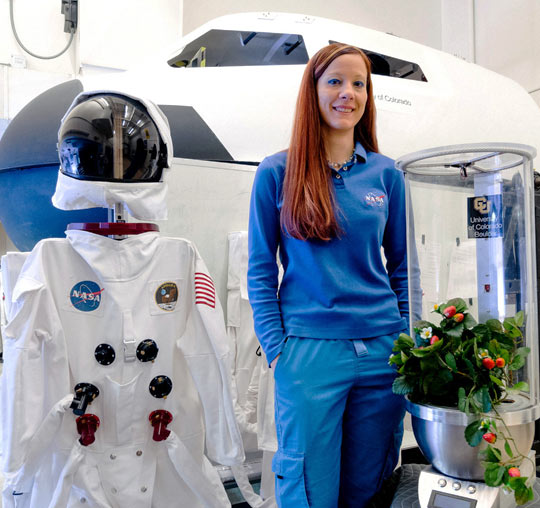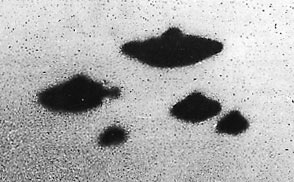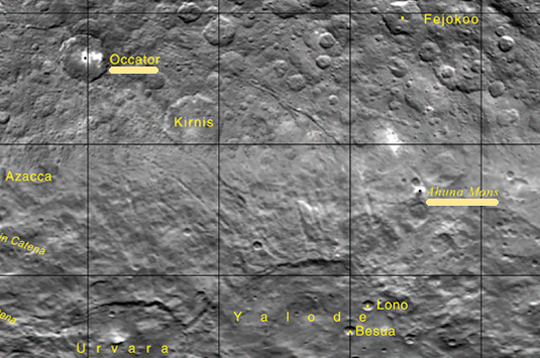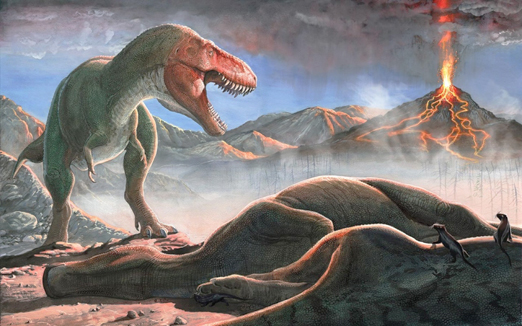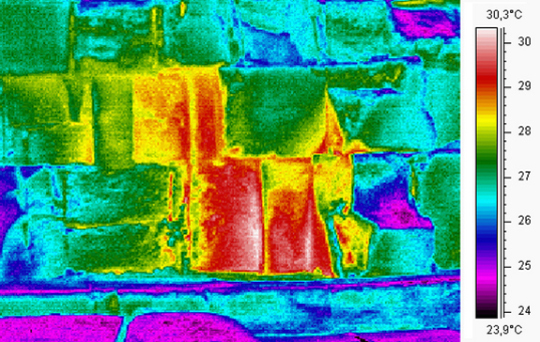“This is a novel binary format which, to my knowledge,
has never been seen before on Earth.”
Horace Drew, Ph.D., retired geneticist, Sydney, Australia
Return to Part 1.
May 12, 2016 Colorado Springs, Colorado - Binary translator Horace Drew, Ph.D., emailed after studying Sgt. C. J.'s squares and ones:
Dear Linda:
“Many of these messages contain 'hidden codes,' which is why some letters are strangely capitalized, and why some letters are deleted. Those are not 'mistakes' but 'hidden codes.' These codes from Sgt. C.J. are quite intellectually difficult, and challenge me as a long-term professional scientist.
There are several things about the ‘shaded’ binary codes of CJ's that overlap with one another and show us three parallel messages at once!
Click here to subscribe and get instant access to read this report.
Click here to check your existing subscription status.
Existing members, login below:



